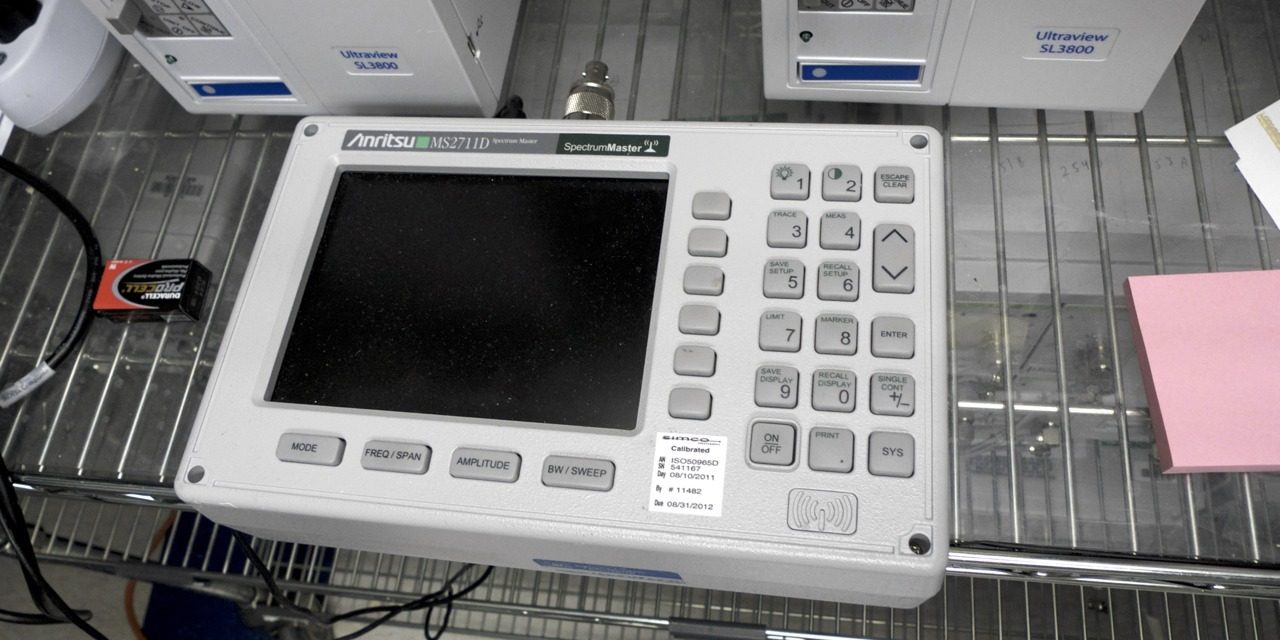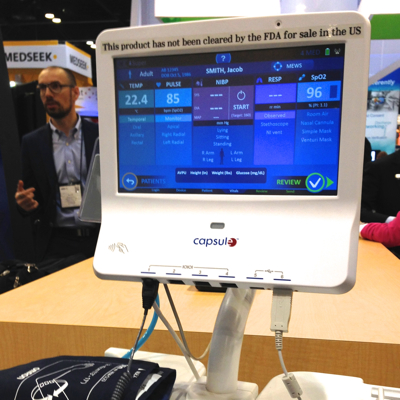The business delivery system (BDS) for a company includes all of the operational resources, services, policies and procedures used by the company to generate sales, and successfully install, service and support the company’s systems. Every company’s business delivery system is optimized to support the requirements arising from the features and technologies in their products.
Innovations like new connectivity features often have a substantial impact on a company's BDS. In most situations, product features and technologies change gradually over time and require little focus on BDS optimization. New and innovative products incorporating new technologies can generate new requirements for a company’s BDS. Perhaps the most common example of this for medical device manufacturers is the advent of connectivity features.
There are two challenges when bringing alignment between the business delivery system and new product features. The actual gap analysis and planning process is the obvious planning and execution challenge. A less obvious, but often more important challenge is change management – the best plan is of little value if key stakeholders are unwilling to change in face of new product requirements. Best practice is to follow a basic change process to:
- Drive awareness of the relevant changes in the broader business environment,
- Define the changes (additions) needed to meet the company’s new needs,
- Provide robust and collaborative planning to support the changes, and
- Win support of management and employees.
The following description for a typical BSD planning project frames the project phases, defines deliverables and scope of work.
Deliverables often include:
- Operational requirements for connectivity features
- Gap analysis comparing operational requirements and existing resources and capabilities
- Recommendations and options for closing operational requirements gaps for connectivity features
Project Overview
The following functional areas are impacted by by many innovations, including connectivity:
- Finance
- Research and development
- Regulatory affairs
- Marketing
- Sales
- Service and support
- Installation
The scope and detailed implementation of each step vary by functional area.
The BDS review process entails a series of steps:
- Document review,
- Analysis,
- Interviews with responsible managers, and
- Written recommendations.
Document Review
Document review is intended to use existing documents; interviews serve to fill in any missing data points in areas where documents do not yet exist (usually as they are called out in the PDP). The following documents are both product specific and also address policy and procedures:
- Product development process artifacts
- Product requirements document containing connectivity requirements
- Data security risk analysis and associated traceability matrix
- Any available Directions for Use that includes connectivity features is it pertains to installation, configuration and use
- Financial model used for project justification
- Current product revenue forecasts, broken down by base product and connectivity if available
- Finance
- Standard financial model spreadsheet used to justify new product development projects
- Any other policy stating minimums or targets for factory margin and other financial metrics
- R&D
- Job descriptions of project engineers and technicians for product
- Standard budgeting numbers, e.g., “fully loaded” labor cost by job description
- Organizational chart showing job titles, head count
- Resumes of any individuals with previous job experience that might be valuable
- Any documentation on test labs, especially test fixtures, IT infrastructure, automation test capabilities, etc.
- Regulatory affairs
- Current regulatory plan for connectivity features
- Copy of 510k submission for device
- Process for timely support of off-the-shelf (OTS) software patches into released product
- Regulatory strategy for OTS components and keeping up with OTS product releases
- Marketing
- Positioning statement and value proposition for product including connectivity features
- Brochure (actual or the copy without layout or diagrams)
- Planned or existing sales tools addressing connectivity
- Planned messaging by decision maker (e.g., clinical, biomed, IT)
- Sales
- Sales strategy for product, with focus on connectivity features
- Account profile
- Qualification questions
- Anticipated sales objections and responses
- Quote generation process
- Compensation plan as it pertains to connectivity (alternatively, this can be a discussion)
- Sample quote, sample RFP response, if applicable
- Service and Support
- Job descriptions of field and factory service and support staff responsible for product
- Standard budgeting numbers, e.g., “fully loaded” labor cost
- Organizational chart showing job titles, head count
- Resumes of any individuals with previous job experience (e.g., enterprise IT experience) that might be valuable
- Any documentation on support strategy, support test environments and IT infrastructure, etc.
- Installation
- Existing and draft installation plans or procedures
- Documentation from any alpha or beta installationthat includes connectivity features
The deliverable for the Document Review phase is a listing and description of all of the tasks required to sell, install, implement and support the new product’s connectivity features, based on the product requirements documents (and other design artifacts, as needed). For each task, the customer preferred responsible party, and alternatives, will be noted.
Analysis
Based on the document review, the Analysis phase includes an initial gap analysis for each functional area. Notes indicating missing information to complete the gap analysis and formulate recommendations are used to drive discussions in the interview phase.
Interviews
In the Interview phase, document review findings, the initial gap analysis and prospective recommendations are discussed with each functional area manager. The goal is to share with the manager how connectivity will impact their area of responsibility, reveal basic requirements and resulting gaps, and to discuss how those gaps might best be mitigated. Each manager should have an opportunity to provide input and guidance on the final recommendations.
Interviewees, in order of preference:
- Finance
- CFO/VP/Director of finance who sets policy on new product ROI hurdles
- Financial analyst
- R&D
- Director/VP of R&D
- Program manager or project supervising engineer
- Regulatory affairs
- Director or VP of RA
- The RA person who sits on product development cross functional team
- Marketing
- Marketing VP, director or manager responsible for product
- Sales
- VP of sales
- Director or manager of sales administration
- Service and Support
- VP or director responsible for field and factory service and customer support
- Installation
- VP or director responsible for the physical installation, configuration, training and implementation of the product
This phase has the biggest positive impact on change management within the organization. Proper setup and expectation setting by senior management (ideally the company CEO) will maximize the effectiveness of this phase on realizing optimal organizational change.
Recommendations
Based on the previous phases, a written recommendations document specifies the recommended resources and describe the general approach for meeting each documented connectivity BDS requirement. Alternatives, e.g., outsourcing to third parties, should be included where appropriate.
Using provided budgeting numbers, provisional budgets should be provided. Any new job positions should include draft job descriptions and estimates for labor costs.
Pictured at top is an Anritsu Spectrum Master for troubleshooting wireless systems, both standards like Wi-Fi and Bluetooth in addition to proprietary systems like WMTS. Most manufacturers with wireless products need one and someone who knows how to use it.





Recent Comments